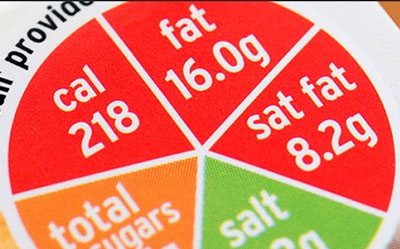The food sector and Nuclear Magnetic Resonance Spectroscopy: A 10 year overview
22 February 2010 | By Adrian J. Charlton, Food and Environment Research Agency, Department for Environment, Food & Rural Affairs
For many years, NMR spectroscopy was largely overlooked by the food industry. Maybe this was understandable. The instruments were expensive, the skills required to operate them could at best be described as specialist and there wasn't a broad understanding of the way in which the technology could be applied within…






